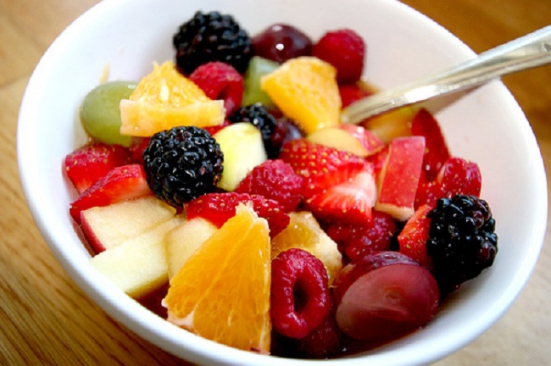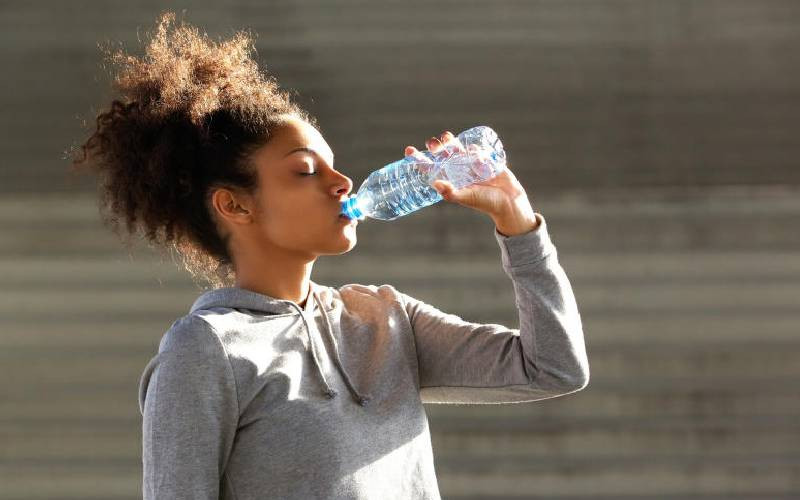
Parents have become more health aware and, over time, investing in healthy diets for their children has become part of life.
It is no wonder that fruit vendors can be found all over town, within the estate and along major roads.
They have gone a step further and made it easier for their customers by introducing delivery services.
Most of these vendors sell prepared fruits in open places. The only thing the customer needs say is the kind of mix he/ she wants.
Question is, how much of the nutrients are the children getting from these fruits?
A colourful bowl of fruit salad is not only appealing, but also loaded with essential micro nutrients — vitamins and minerals.
These micro-nutrients play a big role in child health, growth and development and any deficiency can negatively impact the child’s physical growth and mental development leading to stunting, poor cognitive function and poor school performance.
When improperly stored, cut or exposed to light and heat, fruits lose much of their nutritional value. One natural chemical process that harms the nutrient in fruits is oxidation, the same process that turns an apple brown when cut and exposed to air.
Oxidation starts when peeling, slicing or rough handling causes cell membranes within the fruit to rupture and allow in oxygen. Heat, water and oxidation are three major enemies of vitamins and minerals.
Vitamin C and the fat-soluble vitamins A and E are particularly prone to oxidation, and are lost over a relatively short period of time. The longer a fruit is exposed to air and light, the fewer vitamins it will have. Nutrients including vitamins, carotenoids, flavonoids and fibre are more concentrated in the skin than inside the fruit. Thus, the simple peeling and cutting of fruits and vegetables can get rid of considerable amounts and significantly reduce the levels of these substances.
Nutrients are naturally protected in plant tissue. Cutting, chopping, blending and juicing of fruits destroys this protection, increases exposure to oxygen and releases enzymes that catalyse their degradation.
It is difficult to tell for how long fruits have been exposed to direct light at the vendors. It is also impossible also to tell when they were cut or blended.
Bottom line is, as long as they are not being prepared and consumed on the spot, a lot of vitamins, minerals and phyto-nutrients have already been lost. You and your child end up getting a raw deal.
Losses are inevitable to some extent, children will not get 100 per cent of the nutrients in every food unless they get down on all fours and eat plants right out of the soil.
Stay informed. Subscribe to our newsletter
But this does not mean that the fruits you are serving them are devoid of nutrients or are unhealthy, but as parents we can do more to help children get the most of these nutrients.
To get optimal benefit from fruits, buy your child whole fruits preferably from the market and where possible from the garden they are grown.
Store these fruits in a cool dry place away from direct sunlight and where possible in the fridge — low temperatures delay the oxidation of vitamins hence slows the rate of nutrient loss.
Give more of whole fruits rather than blended or juiced fruits. Juice should be frozen if not being consumed within a short time.
Fruits should be consumed within a few days of purchase to realise the most nutritional value, or frozen for later use.
Avoid giving your child peeled fruits when the peel is edible, avoid cutting them into very small pieces and consume them immediately after peeling.
The writer is a mother and a Nutritionist and Wellness Consultant at Afya Bora Nutrition & Wellness Centre. 5th Ngong Avenue. 5th Avenue Office Suites. Suite 16. Nairobi.
 The Standard Group Plc is a
multi-media organization with investments in media platforms spanning newspaper
print operations, television, radio broadcasting, digital and online services. The
Standard Group is recognized as a leading multi-media house in Kenya with a key
influence in matters of national and international interest.
The Standard Group Plc is a
multi-media organization with investments in media platforms spanning newspaper
print operations, television, radio broadcasting, digital and online services. The
Standard Group is recognized as a leading multi-media house in Kenya with a key
influence in matters of national and international interest.
 The Standard Group Plc is a
multi-media organization with investments in media platforms spanning newspaper
print operations, television, radio broadcasting, digital and online services. The
Standard Group is recognized as a leading multi-media house in Kenya with a key
influence in matters of national and international interest.
The Standard Group Plc is a
multi-media organization with investments in media platforms spanning newspaper
print operations, television, radio broadcasting, digital and online services. The
Standard Group is recognized as a leading multi-media house in Kenya with a key
influence in matters of national and international interest.










